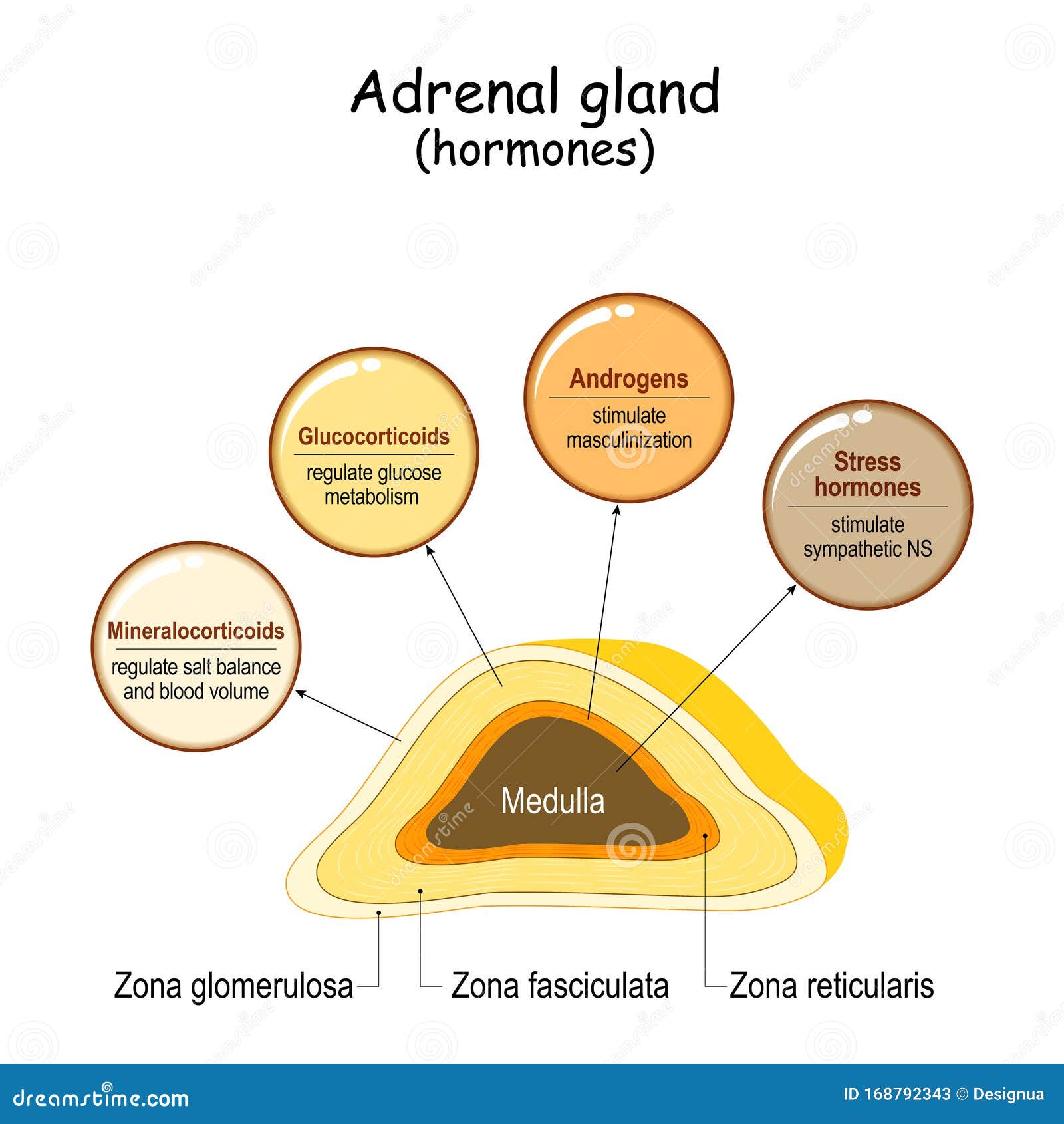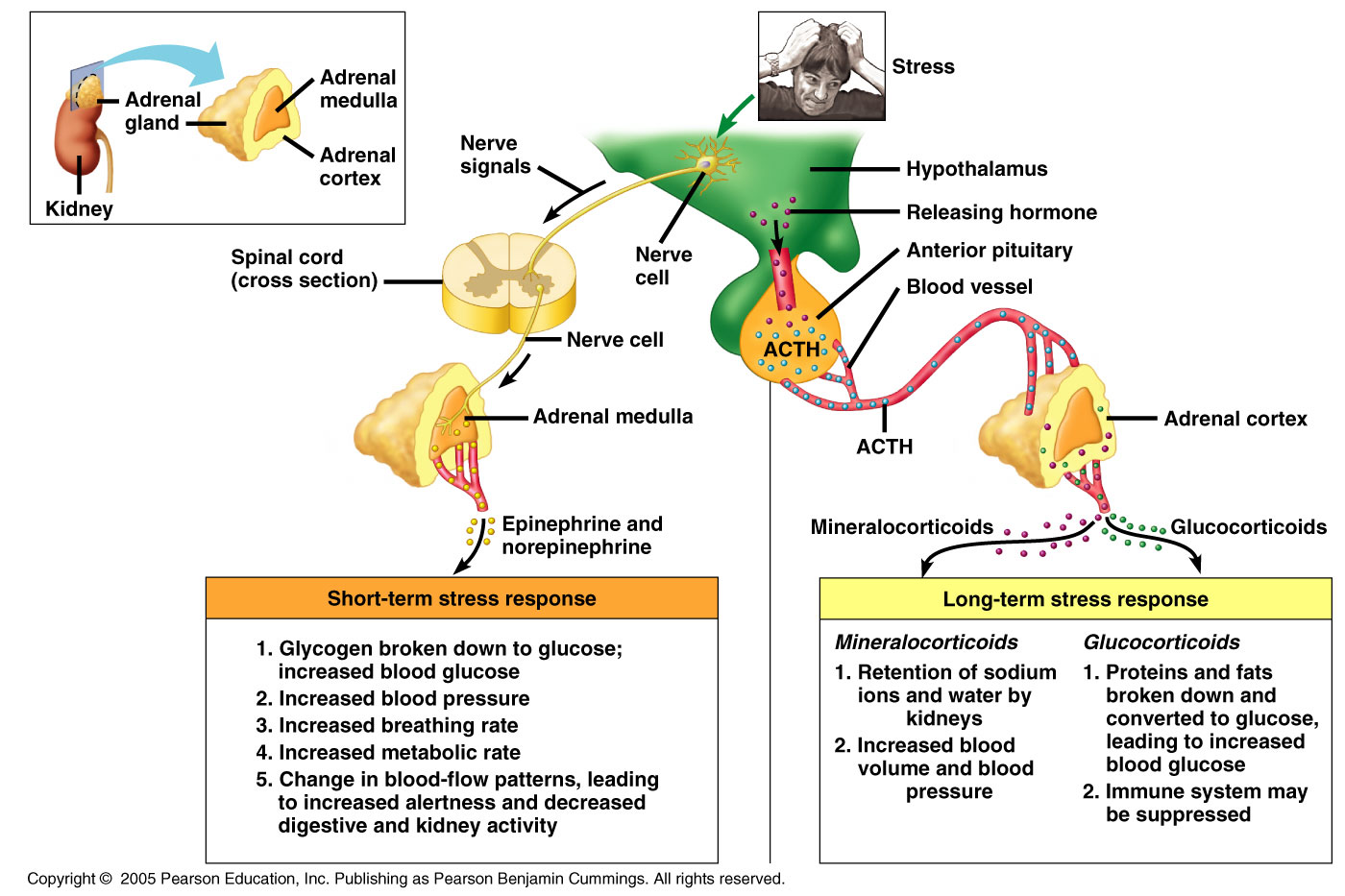

Many of these hormones are part of regulatory hormonal cascades involving a hypothalamic hormone, one or more pituitary hormones, and one or more target gland hormones.įor the body to function properly, its various parts and organs must communicate with each other to ensure that a constant internal environment (i.e., homeostasis) is maintained. Other hormone-producing glands throughout the body include the adrenal glands, which primarily produce cortisol the gonads (i.e., ovaries and testes), which produce sex hormones the thyroid, which produces thyroid hormone the parathyroid, which produces parathyroid hormone and the pancreas, which produces insulin and glucagon. Of the pituitary hormones, several act on other glands located in various regions of the body, whereas other pituitary hormones directly affect their target organs. The hypothalamus produces several releasing and inhibiting hormones that act on the pituitary gland, stimulating the release of pituitary hormones. Numerous glands throughout the body produce hormones.

A plethora of hormones regulate many of the body’s functions, including growth and development, metabolism, electrolyte balances, and reproduction.


 0 kommentar(er)
0 kommentar(er)
